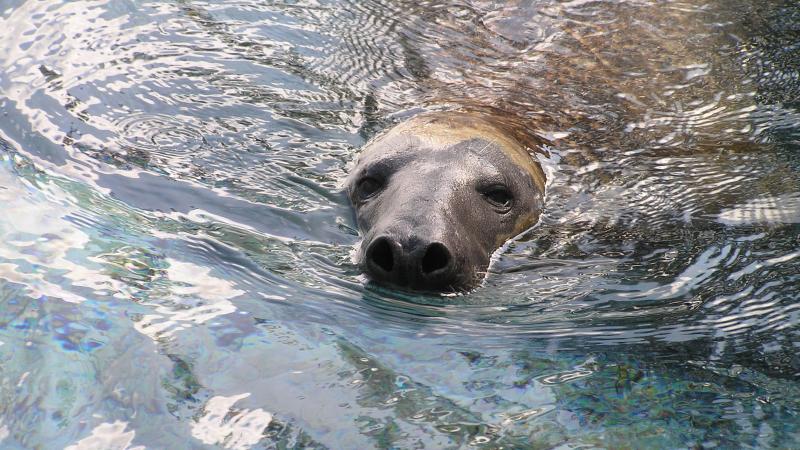
Photo: Florian Möllers
Gravel pits are man-made ecosystems. As a rule, they are fed by groundwater. If there is no connection to neighboring natural waters such as rivers, they are only slowly populated by fish.
In a project funded by the Federal Ministry of Education and Research, the Federal Ministry for the Environment and the Federal Agency for Nature Conservation, researchers from IGB and representatives of AVN compared the fish communities of angler-managed and unmanaged gravel pits in Lower Saxony. The surprising result: artificial lakes managed by anglers show a significantly higher natural fish species diversity compared to unmanaged gravel pits. In the investigated managed lakes there were usually seven to eleven different fish species, in the unmanaged ones about three to five. IGB fisheries biologist Sven Matern explains: "Anglers are regarded by some conservationists as a disturbance factor in waters. Our surveys show, however, that recreational anglers bear high responsibility in preserving and tending nature by helping to establish species-rich fish communities in gravel pits that are very similar to those in natural lakes".
The researchers also found that in particular popular native and endangered predatory fish such as pike, perch and eel are more frequently found in the managed gravel pits. Unmanaged lakes are mainly populated by small fish such as sunbleak or nine-spined sticklebacks. The often dreaded invasive and non-native fish species such as grass carp and largemouth bass, however, could hardly be detected by researchers in the investigated gravel pits, no matter whether they were managed or not. Surprisingly, however, gold variants of rudds were found in an unmanaged lake; fish that typically occur in garden ponds and were probably illegally released into the lakes by private individuals.
"The results are evidence that angler management contributes to the establishment of natural fish communities in gravel pits, but not to the spread of non-native species or to the formation of non-natural fish communities. It has also been shown that the lake around the corner is a suitable habitat for a large number of fish species, which can put a stop to the decline in biodiversity to some extent," sums up project manager Prof. Dr. Robert Arlinghaus from IGB and Humboldt University in Berlin.
Matern, S., Emmrich, M., Klefoth, T., Wolter, C., Nikolaus, R., Wegener, N., R. Arlinghaus. Effect of recreational-fisheries management on fish biodiversity in gravel pit lakes, with contrasts to unmanaged lakes. Journal of Fish Biology, https://doi.org/10.1111/jfb.13989





